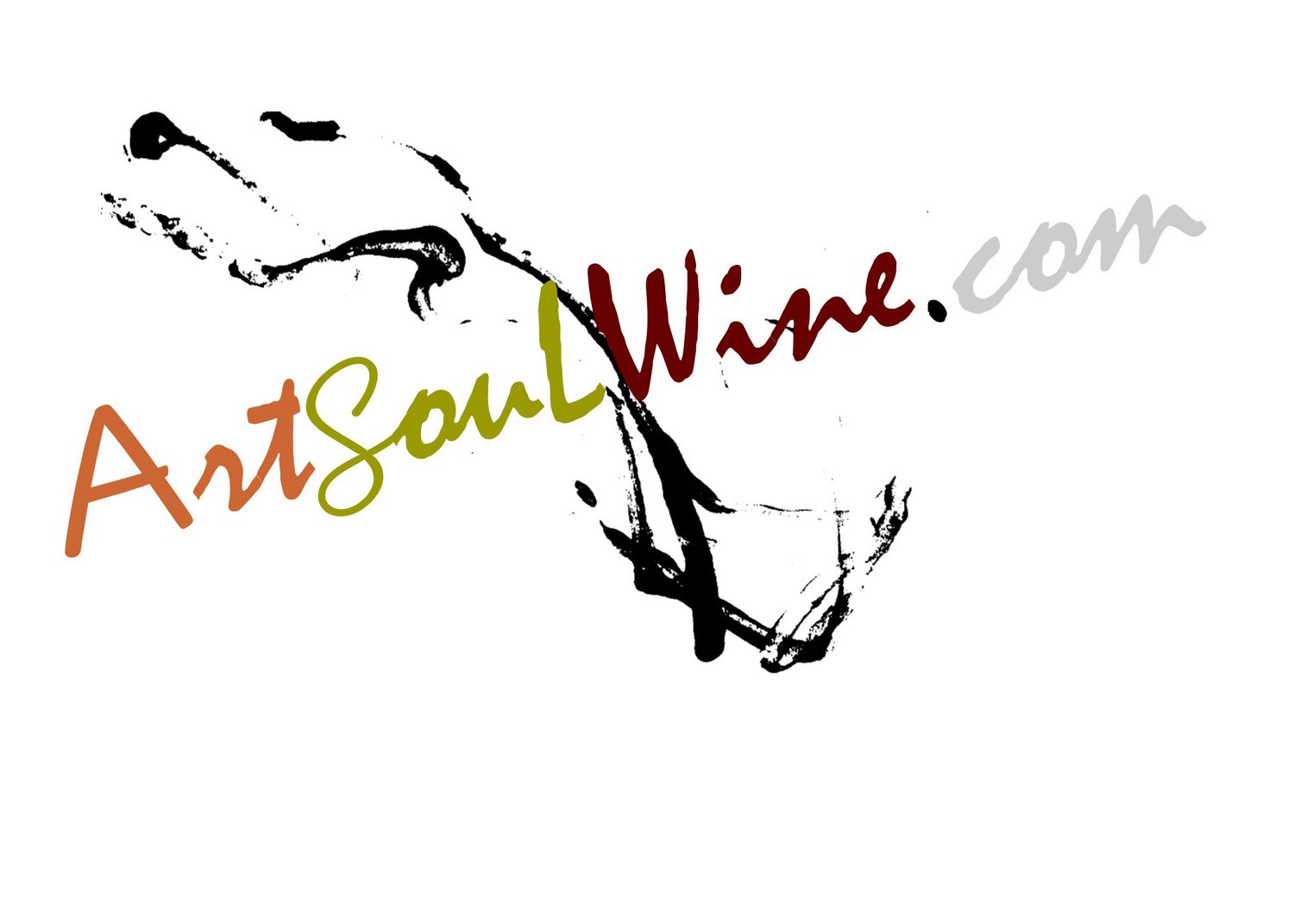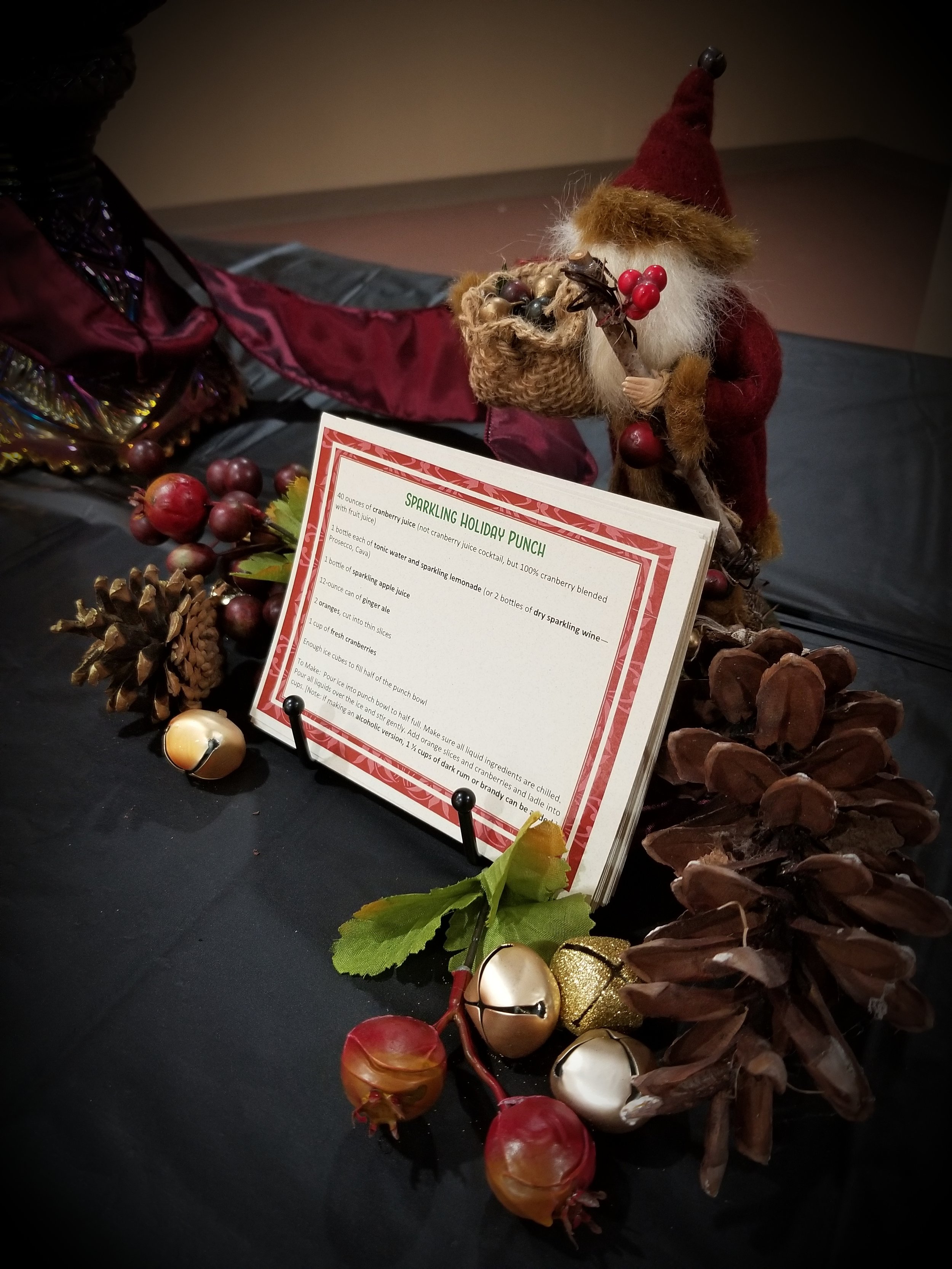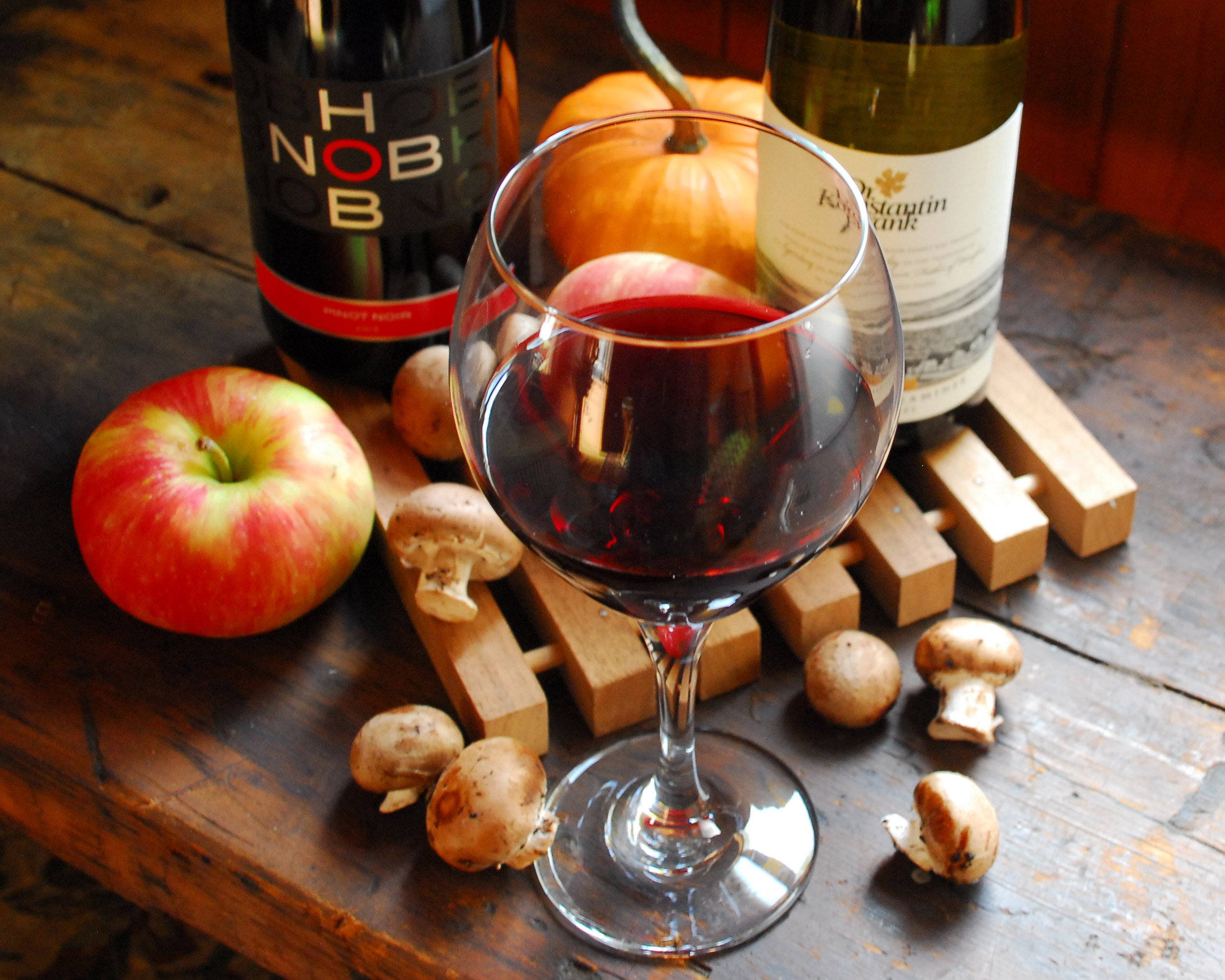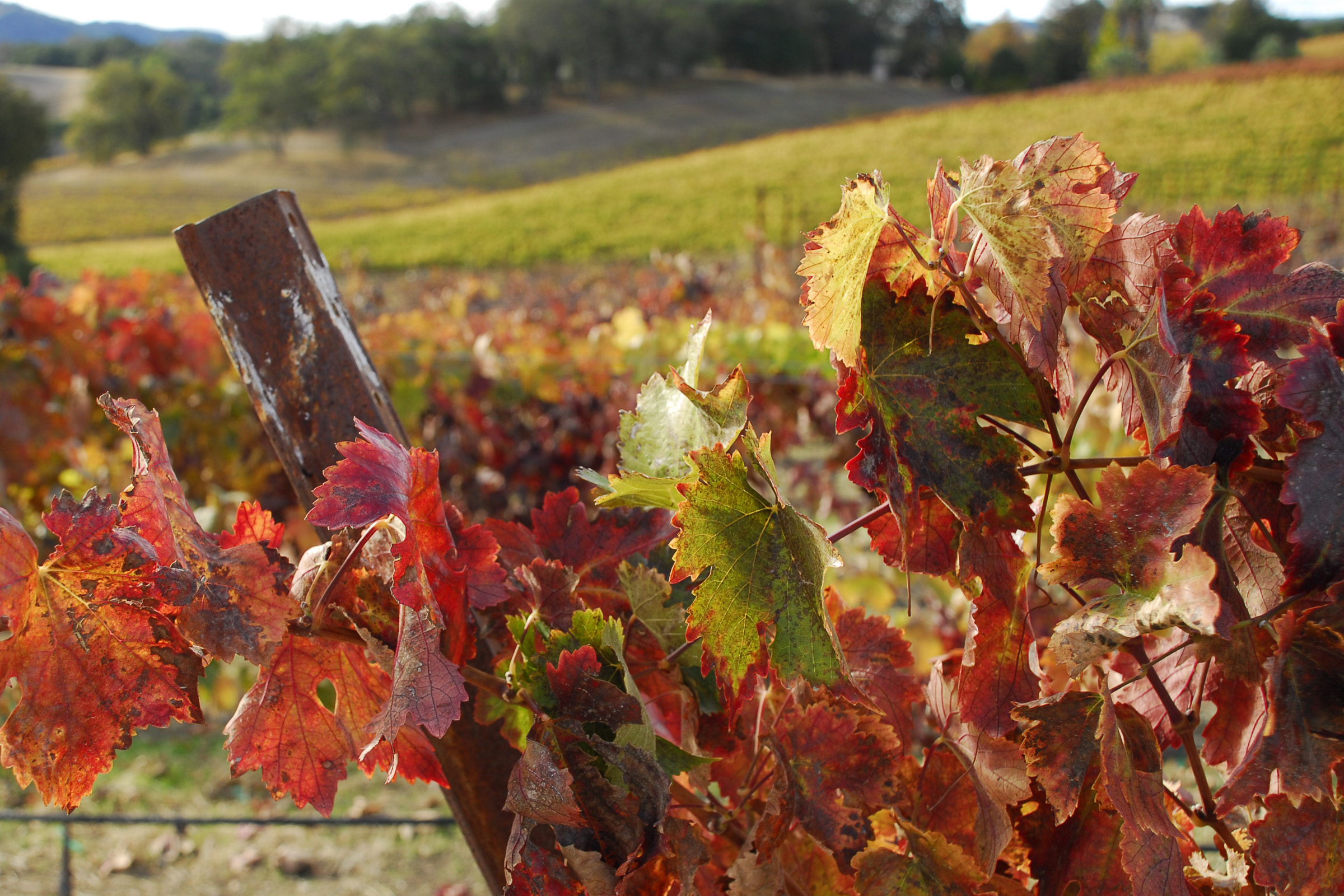It has been way too long since I've written for this site. There has been much going on, and I'm embarking on some new adventures, too--including a new "wine club!" I am currently writing a wine column for Rochester South Wedge newspaper, The WEDGE. Since its circulation is local, I'll post articles here. The paper is available online, though, at www.swpc.org.
The calendar says "March," but the temperatures are in the teens, and there is a winter storm warning in effect for Tuesday and Wednesday this week. Still plenty of time for hot soups, mac and cheese, meatloaf, and other comfort favorites. If you are looking for an all-around everyday, easy-going, "comfortable" wine, keep reading.
First, there are no culinary police ticketing for having white wine with spaghetti and meatballs, but thoughtful wine and food combinations can complement favorable flavors and elevate the dining experience even if it’s served on TV trays after work.
Rochester winters mean comfort food—usually “stick-to-your-ribs” dishes, served hot, with an element of nostalgia that brings back fond memories or makes one feel better. Perennial favorites include chicken soup, pot pies, meatloaf and mashed potatoes, stews, macaroni and cheese, corned beef with cabbage, and grilled cheese sandwiches. One red wine pairs well with several of these dishes and is inexpensive enough to drink with everyday fare: Beaujolais- Villages.
Many people, thanks to good marketing in the 1980s, associate Beaujolais with Beaujolais Nouveau, a light-bodied, fruity wine drunk within a few weeks of harvest that kicks off the holiday season. However, Beaujolais, a region in eastern France south of Burgundy, west of the Cotes du Rhone, and north of the city of Lyon has been producing a wider range of better quality wines for centuries.
Around 98 percent of grapes planted in Beaujolais are Gamay noir. Research indicates that this Gamay—because there are many different varieties planted throughout the world--is probably a cross between Pinot Noir and Gouais, an ancient grape the Romans brought to the area 2000 years ago. The Romans were the first to cultivate vineyards here, and during the Middle Ages Benedictine monks tended the vines.
Wines created with this dark red grape are fruit forward with low to moderate acidity and moderate tannins. Red berries are present on the nose, and flavors include tart cherry, raspberry, and cranberry, but also, depending on what area of the Beaujolais region the grapes are grown, there may be flavors of violet, earth, or smoke. It should be served slightly chilled, around 57 degrees, and drunk within two to three years of bottling.
There are Cru Beaujolais wines that are fuller-bodied and have individual characteristics stemming from terroir. These can be difficult to find and more expensive, upwards of $20 per bottle. Beaujolais Nouveau is young and unpredictable and not usually a food wine. Beaujolais-Villages, however, is wine that is fairly consistent, comfortable with food, and priced under $15.
Regional cuisine includes Coq au Vin,”chicken with wine,” cooked with mushrooms, bacon and herbs and an excellent choice for Beaujolais-Villages. Other regional dishes that would pair well with this wine include rabbit dishes and locally made sausages and charcuterie.
Closer to home, the medium-bodied Beaujolais-Villages is a good match for pot pies, grilled cheese sandwiches, and bacon. The wine’s acid and tannins balance the fat in these foods, for instance the pie crust and gravy and the gooey cheese. Chicken and bacon are not heavy meats like steak and venison, so they will not overpower the wine. Even macaroni and cheese, with or without ham or hot dogs, is a good match for this wine. In addition, Beaujolais-Village is also appropriate to serve with the upcoming St. Patrick’s Day favorite, corned beef and cabbage.
This wine could be paired with chicken, beef, or vegetable stews and soups. Spicier stews like chili need a fuller-bodied red to stand up to the flavors and textures. Comfort foods like meatloaf and mashed potatoes, pot roast, and cassoulet would also overpower Beaujolais-Villages. Better choices for pairing might include Zinfandel, Syrah or red Bordeaux.
While eating a regular diet of comfort foods with or without wine could not be considered healthy, more studies have shown that sipping a glass of red wine with heavy foods actually aids digestion, helps protect the body from arterial damage, and lowers bad cholesterol.
There is more winter weather coming, so when macaroni and cheese sounds like the perfect dinner while listening to the wind and snow plows, open a bottle of Beaujolais-Villages to make it even better.


































